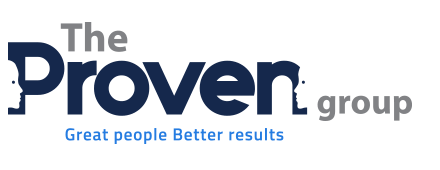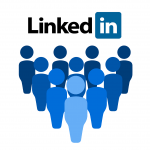Have you been applying for jobs for a while and still waiting for an interview? If you’re using only traditional channels such as Seek, Jora or Indeed to apply for jobs, it’s possible that your résumé isn’t even being read by a person – and is instead being screened by computer software.
With so much competition out there, you need to get innovative in your approach and leverage your points of difference (POD). One of your points of difference, and a great job-hunting tool, is your network. When you know someone on the inside, they can let you know about jobs before they’re advertised, or ensure that your résumé gets in front of the right person.
LinkedIn: Your best networking and marketing tool
Networking has never been easier, thanks to LinkedIn. Used effectively, LinkedIn helps you expand your network and gives you direct access to influential people in your industry. It’s also often used by recruiters to source candidates. So, consider it your online résumé and give it the same care and attention that you would afford your résumé.
How to create a LinkedIn profile
Before you begin networking on LinkedIn, you must create a detailed LinkedIn profile – and then keep it up to date. To be effective, your profile should contain at least the following information:
- Summary: This section is a great place to highlight what makes you unique and indispensable. Think of it as your elevator pitch. Don’t forget the headline, which, at the top of the page, is the first thing people see. Select your industry, because recruiters often use that field to search, and include your key skills and major accomplishments. The more powerful your summary, the more likely it is to get you noticed.
- Experience: This section is the heart of your online résumé. While a traditional résumé would not necessarily cover every job you’ve ever had, your LinkedIn profile should provide a full employment and education history.
- Skills and Endorsements: In this important section, viewers can see your core competencies at a glance. List those skills that represent your strongest assets and are most relevant to your career goals. Including key words from job advertisements will help recruiters find you.
- Accomplishments: Use this section to highlight projects or publications you’ve worked on, languages you speak, short courses you’ve undertaken, awards you’ve won and any other relevant credentials.
- Volunteer Experience: Don’t ignore this section. Many hiring managers consider volunteer experience to be as important as paid employment. Your voluntary work also tells potential employers a little more about you and shows that you’re hands-on, flexible and prepared to get involved.
How to use LinkedIn to expand and leverage your network
Now you’re ready to network. Remember that the focus should be on your professional rather than your social connections. Start by making a list of the companies you would like to work for and connecting with anyone you know who works there.
You can also connect with:
• Current co-workers
• Colleagues from previous jobs
• People you’ve met at conferences, networking events and other work-related events
• Current or former classmates from college or university
Give and receive recommendations
A recommendation is essentially a reference from a former employer or colleague, and as such carries a lot of weight. You can request recommendations from former employers you’re connected with, or take the initiative, recommend your connections and wait for them to reciprocate. After all, one good turn deserves another.
The Proven Group
We at The Proven Group have a team of expert writers that can assist you to write a comprehensive, compelling LinkedIn profile that gets you noticed. Contact us to get started.
Want some further free tips? Email the team at TPG on info@theprovengroup.com.au to obtain your free copy. If you are an existing client, obtain a 10% discount off your LinkedIn profile. Offer ends 31st October 2019.




